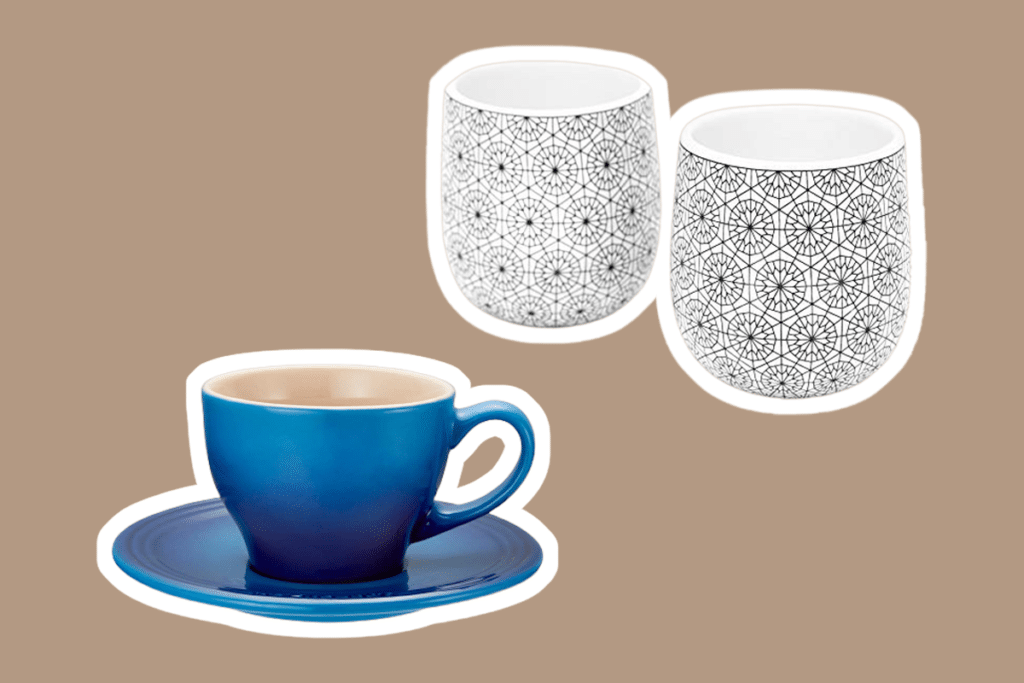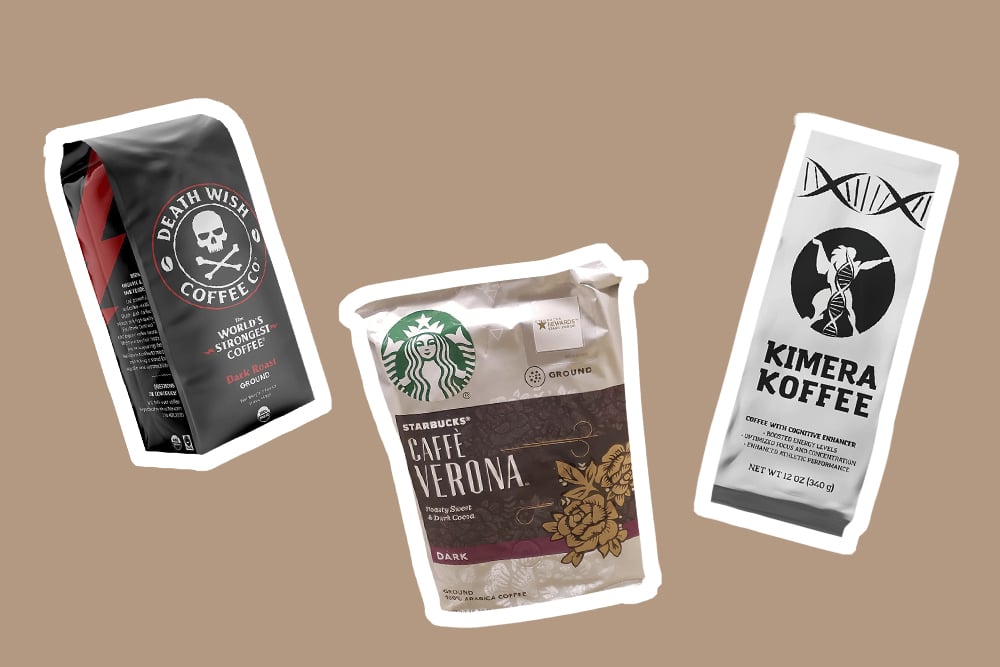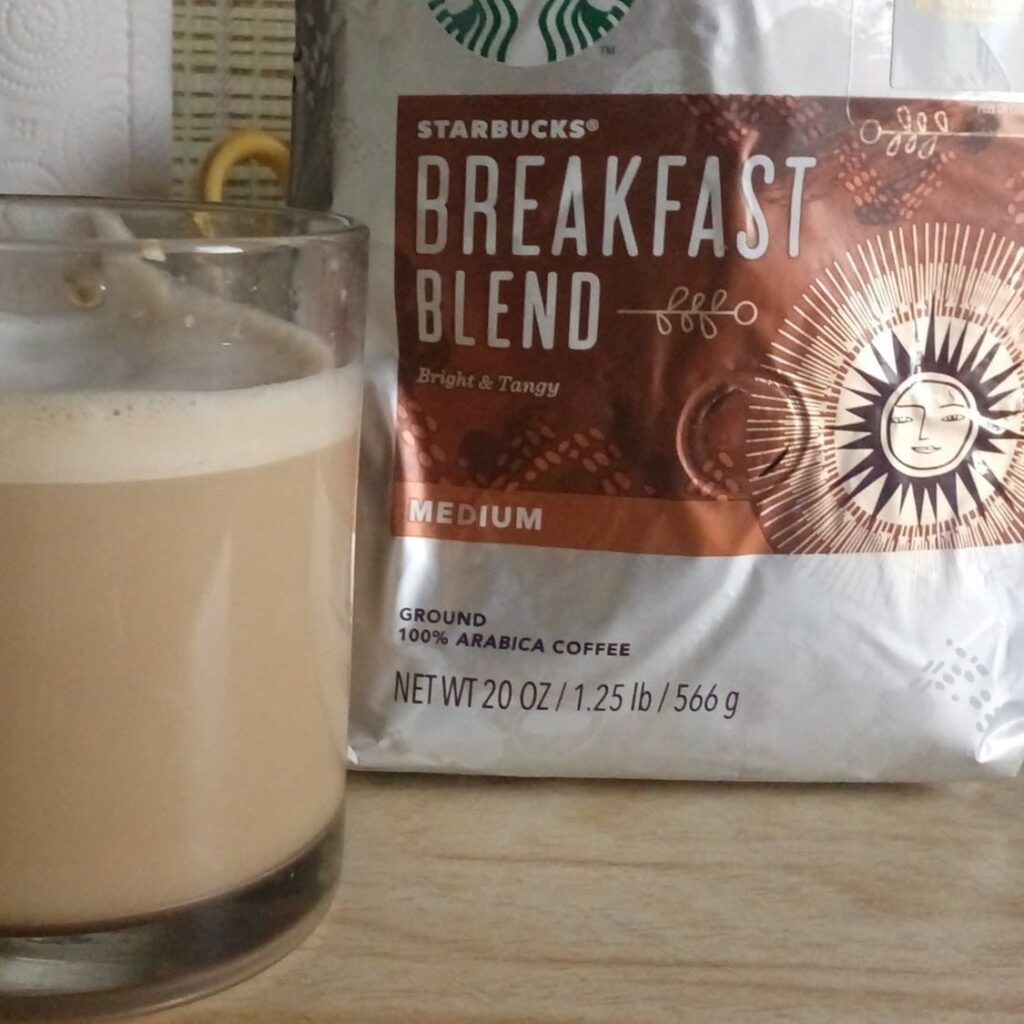

The French press is a popular brewer around many kitchens, but as simple as it is – you might have used it incorrectly. Whether for coffee or tea – you can improve the drink’s taste by using the proper brewing technique Trusted Source Mineral Composition and Antioxidant Potential of Coffee Beverages Depending on the Brewing Method Coffee, being one of the world’s most popular beverages, is a rich source of dietary antioxidants. The aim of this study was to determine the mineral content and antioxidant activity as well as acidity of coffee beverages depending on the brewing technique. www.ncbi.nlm.nih.gov .
Luckily, it is easier to learn how to use a French press than you may think. The design of these coffee makers is quite simple, so you can make a tasty brew the first time you pull one out of the box with very little effort. If you’re considering adding a French press to your morning routine, the following sections can help you get started.
There are only a few pieces that make up the best French press models, though each one is extremely important. Knowing what these parts are for can help you learn how to operate a French press with ease.
The lid on a French press fits securely on top of the beaker, locking in the heat when you put it in place. In the middle of the lid is the plunger, which is a metal rod connected to a filter, which is pushed down to separate the coffee grinds from the brewed beverage.
As we stated above, the filter is attached to the plunger. This piece is designed to filter out the coffee grounds from the brewed coffee after it has steeped. The filter fits snugly to the sides of the beaker, creating the perfect amount of pressure to prevent the grounds from slipping around the sides and contaminating your brewed coffee. The holes in the filter are large enough to let liquid through but small enough to trap all but the finest grounds in the bottom of the beaker.
The beaker on a French press is usually made of glass, though there are models available that are made of metal, plastic, or ceramic if you prefer these materials. The beaker holds the coffee grounds and hot water as the coffee steeps, plus it usually has a spout on top for easy pouring when the brew is ready to drink.
The base and handle on a French press also vary, depending on the type that you buy. They may be made of the same material as the beaker or be a different type of material to add durability.
Now that you know what pieces make up one of these coffee makers, it’s time to discuss what you need to learn how to use a French coffee press. Aside from the press itself, there are a few other items you need to gather before you can get started.
One of the most important accessories needed to brew French press coffee is a coffee grinder. Burr grinders are a favorite choice since they produce a more consistent grind than some other types, which is important for French press use. This is because the grounds are steeped for several minutes in a French press, so uneven particles will create uneven extraction.
The best grind for a French press is coarse or medium-coarse since the larger particles will slowly extract during the few minutes they are left in the French press. You can use a French press with fine-ground coffee if you like but you’ll need to adjust the steeping time significantly to prevent overextraction and bitterness.
Delicious coffee is also needed for this process, though there is no set flavor or brand. It is all a matter of taste, so you can grind your favorite beans to make your French press coffee. Using beans that you grind yourself right before brewing your coffee is best to ensure the beans retain their flavor for the tastiest brew possible.
You can also use a French press with pre-ground coffee if you like but the quality may not be the same as with freshly-ground beans. This is because the coffee oxidizes once it is ground, which leads to a loss of flavor. This may be an easier choice when using your French press away from home, such as in a hotel or on a camping trip, but if possible, it is best to stick with beans ground right before the brewing process begins.
There are also a few other accessories you need to organize to ensure you’re brewing the best cup of French press coffee you can. The first is a scale, which you can use to measure the coffee beans that you’re planning on grinding for your French press. The AmazonBasics Stainless Steel Digital Kitchen Scale is a good option, due to its wide LCD screen, advanced sensors for quick readings, and light weight.
Beans can be inconsistent in their weight, so be sure to weigh them before you grind them to be sure you’re getting the right amount for the water you’re using. You’ll also need to adjust the amount you’re using depending on the coffee strength Trusted Source Effects of coffee and caffeine anhydrous on strength and sprint performance - PubMed Caffeine and coffee are widely used among active individuals to enhance performance. The purpose of the current study was to compare the effects of acute coffee (COF) and caffeine anhydrous (CAF) intake on strength and sprint performance. Fifty-four resistance-trained males completed strength testin … pubmed.ncbi.nlm.nih.gov you prefer.
A kettle is also a must to boil the water for the coffee you’re planning on brewing. Any kettle will do, so you can buy an electric one or a manual one to use on your stove. You’ll also need a thermometer to ensure that the water is heated to the optimal temperature for brewing coffee in a French press.
French presses need specific coffee amounts, just like drip coffee makers, though the ratio of water to coffee is a bit different due to the longer steeping time. The following chart shows how much water and coffee you should be using, depending on whether you prefer light, medium, or strong coffee and the size of the French press you’re using.
| Brew strength/Volume | 3 cups/12 oz | 8 cups/34 oz | |
| Light | Water | 10 fl oz | 30 fl oz |
| Coffee | 0.6 oz | 1.9 oz | |
| Medium | Water | 10 fl oz | 30 fl oz |
| Coffee | 0.8 oz | 23 oz | |
| Strong | Water | 10 fl oz | 30 fl oz |
| Coffee | 1.05 oz | 31 oz |
Once you’ve gathered everything you need, it’s time to learn how to properly use a French press. The following sections are step-by-step instructions on the best method for this. You should also check the French press coffee instructions included with the model you buy, just in case they differ from the usual method.
The first step is to measure out your coffee beans using your scale. How many beans to use depends on the size of the coffee press you’re using or the amount of coffee you plan to brew. Once you’ve weighed the beans and have the proper amount you need for your coffee, put them in your grinder and start it up. A coarse or medium-coarse grind is best for French press coffee.
Using your kettle, heat the water until reaches a temperature of 195 to 205 degrees Fahrenheit on your thermometer. If you don’t have a thermometer on hand, you can heat the water until it reaches a full boil.
Though this step isn’t necessary, many people prefer to warm their French press before using it to brew coffee. This can reduce temperature fluctuations when you’re brewing your coffee, so it is a good idea to add this step. To do this, pour some of your hot water into the beaker and swirl it around. When the beaker feels warm to the touch, dump the water out into your sink.
Measure out the proper amount of water to fit into the French press you’re using. Check the water’s temperature again to ensure it is still within the 195 to 205 degrees Fahrenheit range. If so, it is ready to use.
To use your coffee press, add the coffee you ground earlier to the beaker, followed by the hot water you measured out earlier. Be careful not to spill either one.
Once the grounds and water are in the beaker, give them a quick stir with a spoon. This ensures that the grounds are thoroughly mixed in and immersed in the hot water. When you’re sure they are mixed well, put the lid on the French press. This will help insulate the French press, retaining the heat inside the beaker during brewing.
With the coffee brewing and the lid keeping everything nice and hot, there is little left to do but watch the clock. You can also set a timer for this to ensure the brew is getting the right amount of time to steep. French press coffee usually takes about 4 minutes to steep, though how long coffee should steep in a French press can be adjusted to suit your tastes.
During the steeping process, a crust will form on the surface of the brew. This can alter the texture and flavor of the coffee, so it needs to be carefully dealt with after you remove the lid to ensure your coffee is as delicious as you expect it to be.
If you prefer a full-bodied coffee, take your spoon and use it to break the crust up. Give it a brief stir, causing most of the grounds to sink to the bottom. Those that like a light-bodied brew should scoop this crust out of the coffee and throw it away. Try to remove as much of the grounds floating at the top as possible.
Once you’ve taken care of the crust, replace the lid on the French press. Gently press down on the plunger to separate the used coffee grounds from the brewed coffee. If it is easy to press with minimal resistance, your grind may be too coarse. If it is difficult to press the plunger down, this resistance means that the grind is too fine. You can adjust this as needed in future brews. When the plunger reaches the bottom of the beaker, the coffee is ready to drink.
Pour your newly brewed French press coffee into a few mugs or a decanter. Leaving it in the French press can lead to overextraction, which results in bitter coffee, so pour most of it out right away if possible. You may want to leave the last 10% or so of brew in the French press since there will likely be a large quantity of silt in this portion. You may also want to avoid drinking every drop of the coffee in your mug for the same reason.
You can now serve your delicious French press coffee. Depending on how strong you’ve made it, you may want to add some sugar or creamer to it, though this is all a matter of taste.
Though most French press models have a similar look, there are a few brands that are more well-known for their high-quality products. We’ll discuss a couple of these brands below.
The Bodum brand was founded in 1944 by Peter Bodum, though it wasn’t until his son Jorgen took over as CEO that the first French press coffee maker was introduced. Since then, a wide variety of products joined that first model. The Bodum Chambord coffee press is one of their most popular models, with a glass carafe, a chrome-plated brass frame, and a stainless steel press mechanism for filtering the grounds from the brew. You use a Bodum French press by following the method we’ve described above.
The Bonjour Monet French Press has a stylish glass carafe, with a plastic lid and handle. The frame, filter, rod, and screen are all stainless steel, which increases the durability of those areas that are in contact with the hot liquid. There is also an easy-pour spout with a filter over the inside to reduce silt when you decant the coffee after you brew it. You use a Bonjour French press using the method above. You can also check the Bonjour French press instructions to be sure you’re doing it right.
We’ve discussed how to use a French press for coffee, but what about other tasty beverages? The methods for brewing both iced coffee and tea are listed below.
How to use a French press for iced coffee is similar to the normal brewing method with one significant change. You would need to double the fresh coffee grounds you use when brewing the coffee in your French press. This makes an extra-strong batch of coffee, which will then be diluted when you pour it over your glass of ice. As the ice melts, the coffee will weaken, giving you the proper strength that you would get from a regular cup of French press coffee.
To use a French press for tea, it is best to use loose leaf tea since these will mix with the water well during the steeping process. It is best to use about 2.5 grams of your favorite tea for every 8 ounces of water for the proper flavor. The water temperature will vary, depending on the type of tea you’re using, so be sure to look on the tea package for the best-tasting tea possible.
The steeping time will also vary from tea to tea. For instance, Black tea should steep for 3-5 minutes, while green or white teas only need 2-3 minutes for the proper flavor. Herbal tea takes the longest at 5-10 minutes to steep. Check the package directions to avoid over-steeping and bitter flavors.
Once the tea has steeped, you can pour your tea, add your extras, like milk or sugar, and enjoy.
There are several different machine options available to make a great cup of coffee. Though drip coffee makers are a good choice, many people are choosing a French press for the delicious, robust flavors it offers.
Of course, you need to know how to use a French press properly to make the tasty brews you’re craving. Using the right ground coffee and water temperature and steeping for the correct time is essential for eliminating bitterness, so follow the directions closely for the best cup of French press coffee possible.
The best thing about a French press is that these machines are also versatile, allowing you to alter your recipe for iced coffee or tea. You can even turn your French press coffee into lattes or other milky beverages as you see fit for an even more useful machine.





